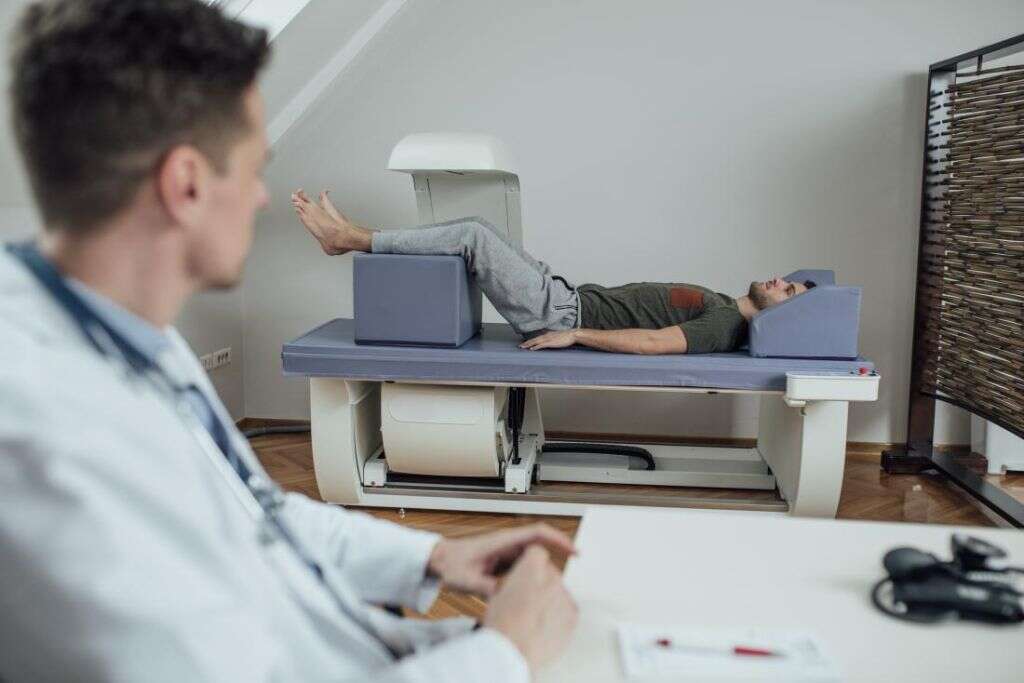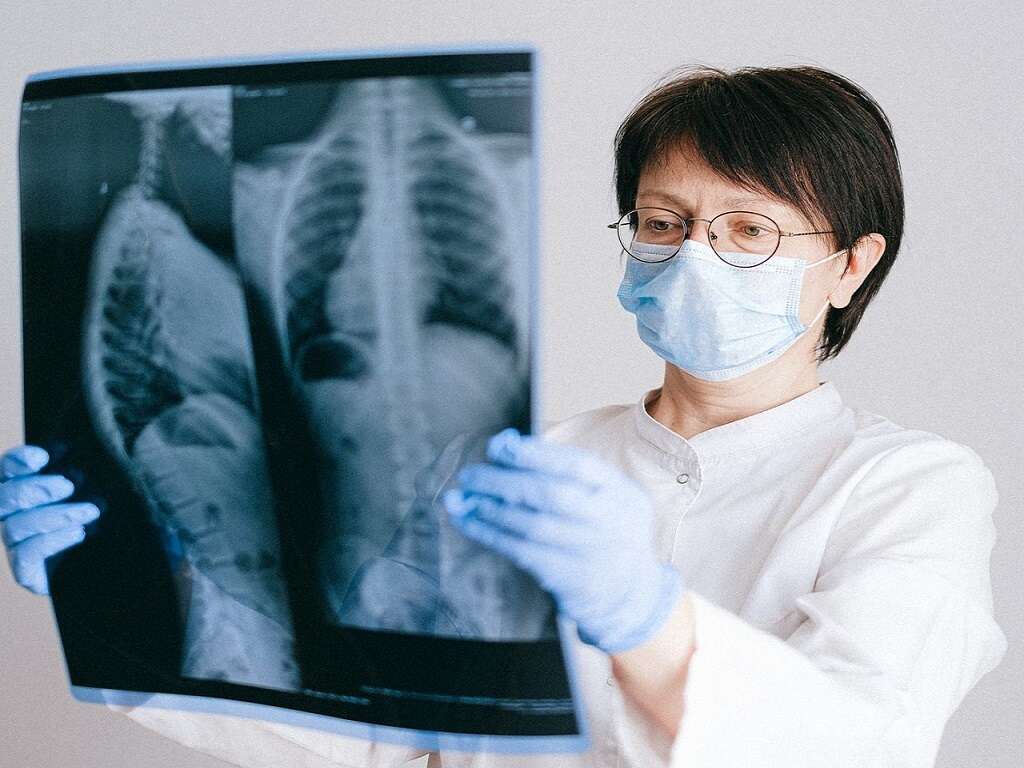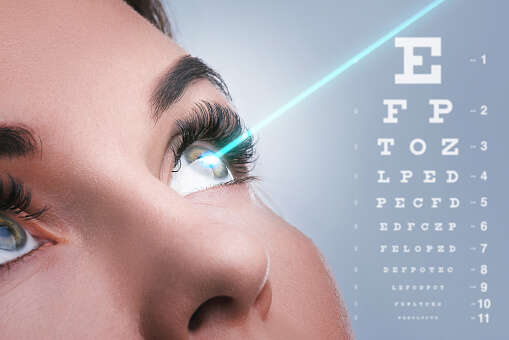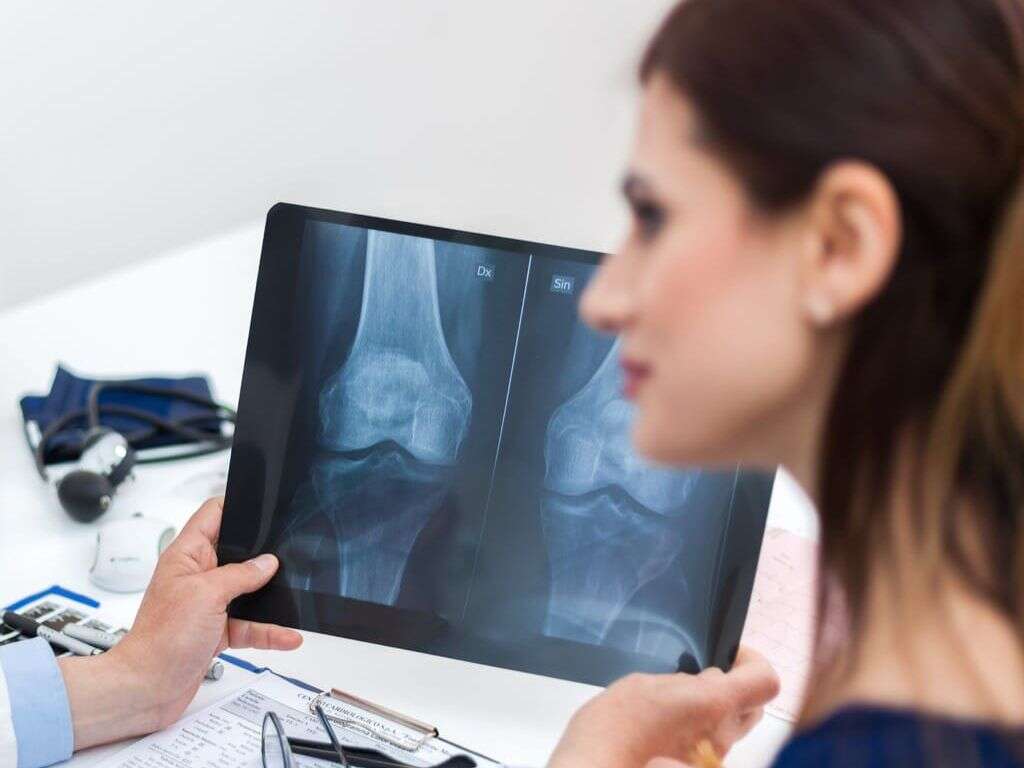What Is Osteopenia?
6. How Is Osteopenia Diagnosed?
If a doctor suspects osteopenia, he or she may order a dual-energy X-ray absorption (DEXA) test of the lumbar vertebrae, femur, and radius. This quick and painless diagnostic scan compares the density of the bones to those of a 30-year old person of the same sex. The result is called a “T score.” A score of -1.0 to -2.5 indicates osteopenia, and less than -2.5 osteoporosis. Alternatively, the patient’s bone density can be compared to that of a healthy person of the same age and sex, and the result reported as a “Z score.” A Z-score above -2.0 is considered normal.
The DEXA test is not recommended for patients with scoliosis, degenerative vertebral disorders, calcium deposits in the aorta, or irregular body size (obese, very small, or very tall). In these cases, a quantitative computed tomography of the spine is used instead. This test measures bone mineral density, primarily of the lumbar vertebrae and hips, by creating either a two-dimensional or three-dimensional image that compares the bones to a reference material.
Advertisement











